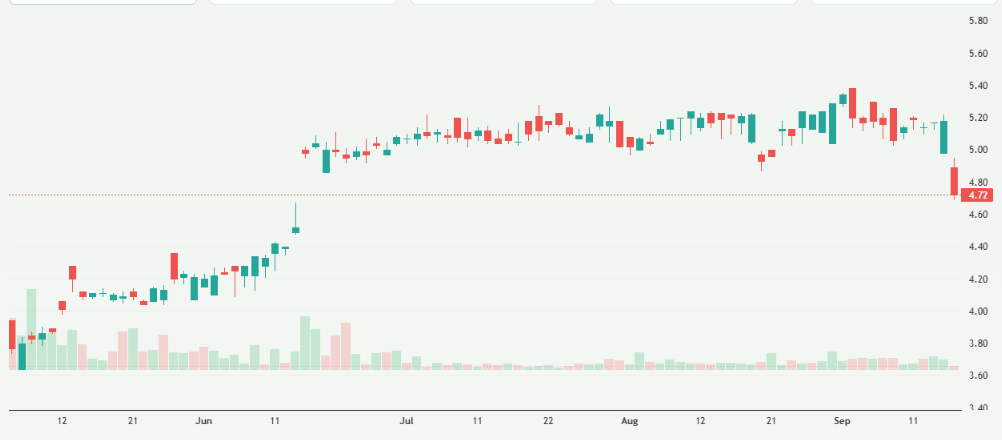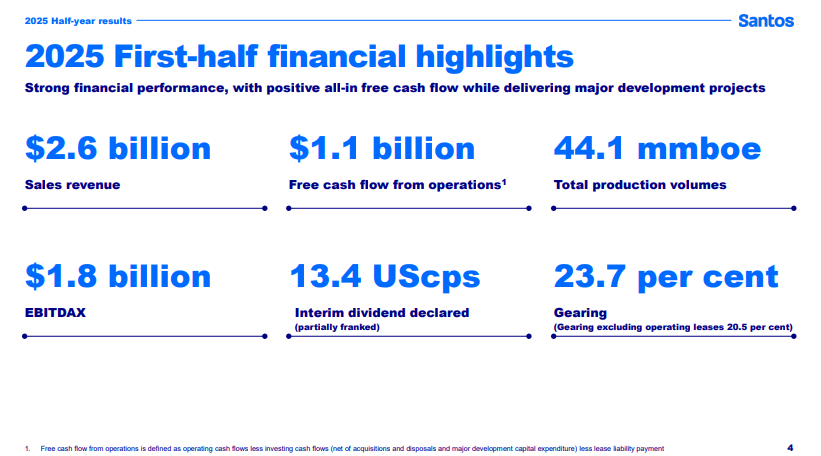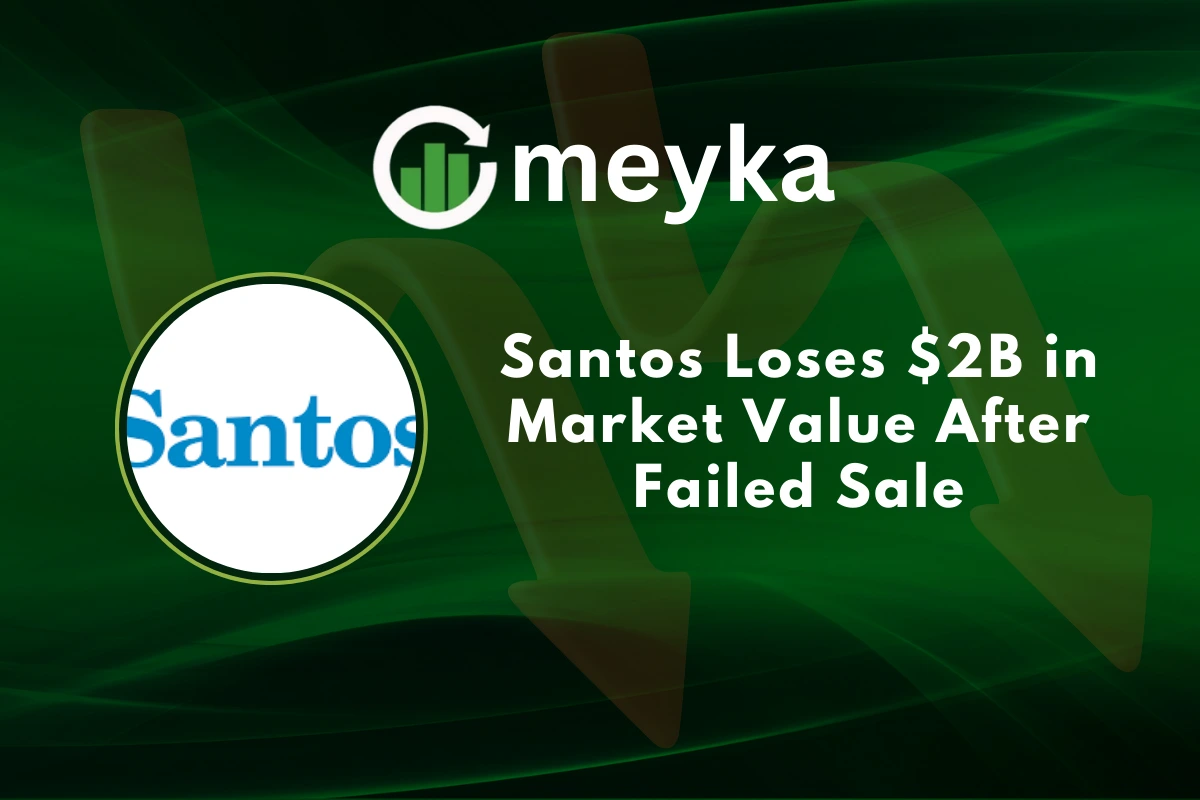Santos Loses $2B in Market Value After Failed Sale
Energy markets move fast. One decision can wipe out billions in hours. That is what happened to Santos. The Australian energy giant lost nearly $2 billion in market value after a major sale plan collapsed. Investors reacted quickly. Shares slipped, and questions rose about the company’s future path.
Santos is no small player. It is one of Australia’s biggest oil and gas firms. Its projects fuel both local demand and Asian markets. When news of a failed deal breaks, the ripple is felt across borders. It signals deeper issues, valuation gaps, strategy flaws, or rising global energy pressures.
We need to ask: why did the deal fail? Was it market timing, tough negotiations, or bigger shifts in the energy sector? The answers matter for investors. They reveal how fragile confidence can be in a volatile industry.
This story is not just about a drop in stock price. It is about lessons in risk, timing, and strategy. If we step back, we can see what Santos’ struggle means for the wider energy market and for our investment choices.
Background on Santos
Santos is a major Australian gas and oil producer. The firm runs big LNG plants and pipelines. It supplies gas to Australia and to buyers in Asia. Santos has grown through large projects and deals over the decades. The company sits among the top names on the ASX. Leadership has focused on expanding exports and lifting returns to shareholders. Before the sale attempt, Santos carried sizeable debt but also held valuable assets in Australia and abroad.
Analysts had mixed views about the company’s future. Some saw growth from new projects. Others warned about narrow margins and rising costs in the energy sector. Recent takeover talks had raised hopes for an exit at a rich price. That expectation set the scene for the sharp market reaction when the deal fell apart.
The Failed Sale: What happened?
An ADNOC-led consortium, known as XRG, offered a cash bid for Santos. The proposed price valued Santos at about A$36.4 billion, including debt. Talks moved through months of due diligence and negotiation. Then the bid was withdrawn.
The consortium cited unresolved commercial terms and other factors. Media reports pointed to national interest checks, unexpected tax liabilities, and a methane leak discovered during inspections as key problems. Santos said it had been prepared to sign at a similar price shortly before the retraction. This collapse marked the latest in several failed takeover moves involving Santos over recent years.
Market Reaction
The share price plunged on the news. At one point, Santos’ stock fell by double digits in a single session. The tumble wiped roughly $2 billion or more off market value in the immediate trading window. The drop pulled Santos’ market cap below certain prior levels and made it one of the worst performers on the ASX that day.

Brokerages reacted swiftly by cutting ratings and lowering price targets. Investor sentiment turned cautious. Retail and institutional holders either sold shares or paused new buys until clarity returned. The sharp move reflected both disappointment and concern about future strategic options.
Financial and Strategic Implications
The failed sale leaves Santos with fewer quick fixes for its balance sheet. A successful cash deal would have lowered leverage and given the company fresh cash to invest or return to shareholders. Now Santos must press on with its existing plan. That includes funding for long-term projects and meeting interest commitments.

The absence of a buyer also exposes Santos to investor scrutiny over capital allocation and management decisions. Questions about corporate governance and deal readiness may grow louder. Competitors and creditors will watch closely. If confidence does not recover, the company could face higher financing costs or pressure to sell assets instead.
Industry and Market Context
Global gas markets are volatile. Prices move with demand in Asia, shifts in supply, and geopolitical events. Energy companies face extra pressure from climate and ESG expectations. Buyers often weigh those factors when planning acquisitions. For Santos, large LNG projects and regional exposure make the company attractive but also complex to value.
Other players in the sector have pursued mergers or asset swaps to boost scale and lower costs. In this environment, a failed bid can send mixed signals about appetite for big oil and gas assets. Regulatory reviews and national interest concerns add another layer of uncertainty for overseas consortia.
What does this mean for Investors?
The immediate story is risk and volatility. Short-term traders may see an opportunity in the lower share price. Long-term holders must weigh fundamentals: project pipelines, cash flow, and management credibility.
Credit agencies could reassess risk if the company’s strategy looks shaky. Some analysts noted that shares could be oversold and present a buying chance for value-focused investors. Others warned that repeated failed deals erode trust and could trigger calls for leadership change.
For cautious investors, the advisable move is to check company guidance, monitor cash flow, and follow analyst updates before acting.
The Road Ahead for Santos
Santos has several paths forward. The board can seek new buyers or restart talks with other groups. Asset sales or joint ventures are plausible options to raise cash. The company may also tighten costs and focus on projects with faster returns. Management statements emphasized commitment to current plans, including projects in northern Australia and Alaska.
Restoring investor confidence will require clear milestones and visible cash discipline. If Santos can show steady progress on project delivery and cost control, the share price might recover. Failure to do so could force deeper strategic change.
Bottom Line
The collapse of the ADNOC-led bid for Santos changed the short-term outlook. The market punished the stock, and roughly $2 billion in market value vanished in reaction. The event highlights the fragile mix of deal risk, regulatory scrutiny, and operational issues in today’s energy deals. Santos still has assets and projects that support long-term value. The next steps will matter.
Clear action on funding, assets, and governance will be needed to rebuild trust. Investors should watch developments closely, using AI stock analysis tools along with verified company updates and reputable analyst notes to make informed decisions.
Disclaimer:
The above information is based on current market data, which is subject to change, and does not constitute financial advice. Always do your research.






